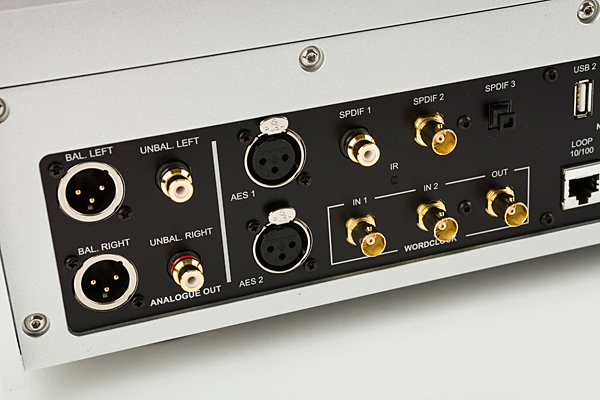| Columns Retired Columns & Blogs |
...the mouth of JVS open while listening to the CD of Murray Perahia playing Handel's Harpsichord Suite in E major when played back via a Marantz CD5004?
JA1 stated that "The Marantz CD5004's measured performance indicates that its intrinsic resolution is better than is needed by the CD medium. That it can offer this level of performance for just $350 is astonishing."
https://www.stereophile.com/content/marantz-cd5004-cd-player-marantz-cd5004-cd-player-measurements
The replacement for the CD5004 - the CD5005 - is available for $399.
https://www.us.marantz.com/us/Products/Pages/ProductDetails.aspx?CatId=HiFiComponents&SubCatId=0&ProductId=CD5005









































